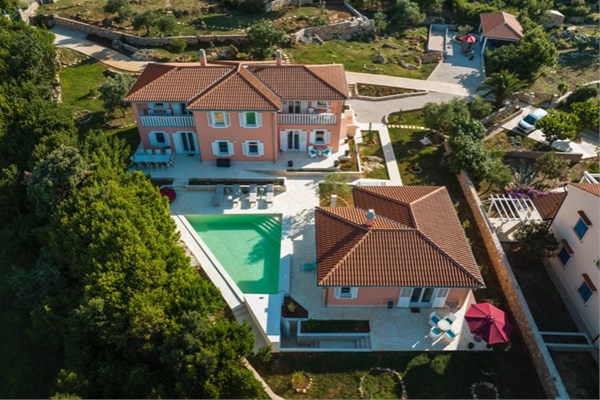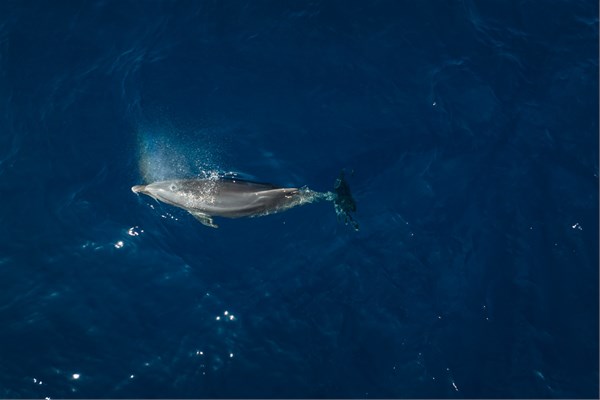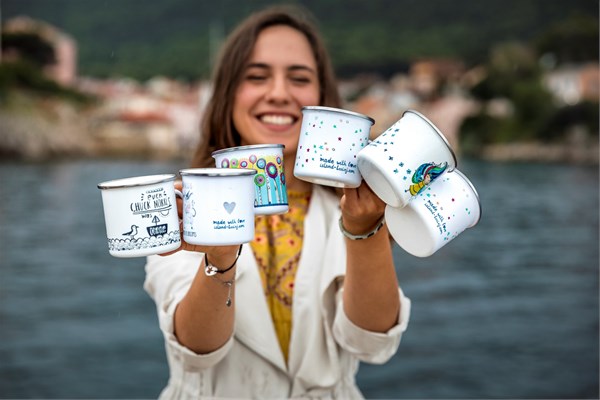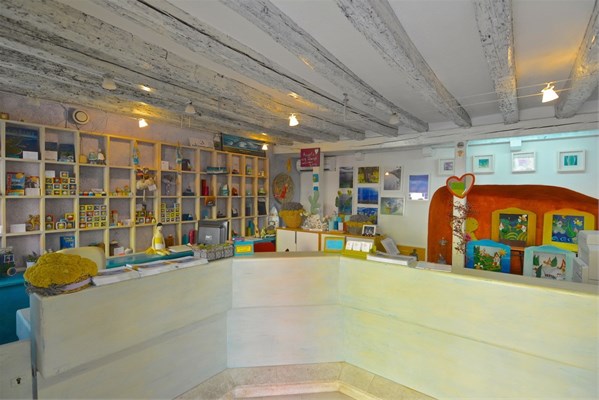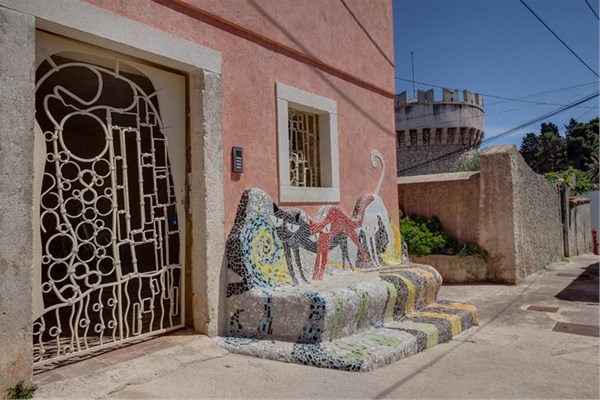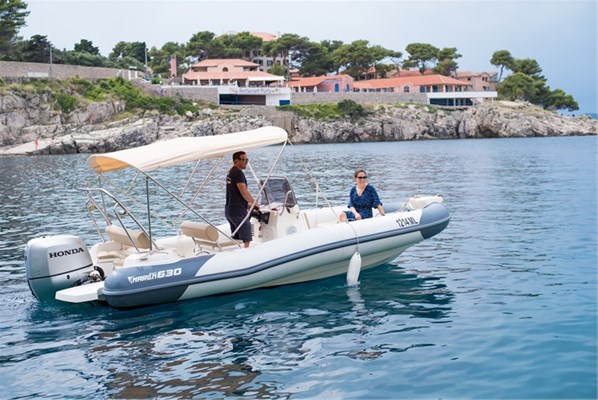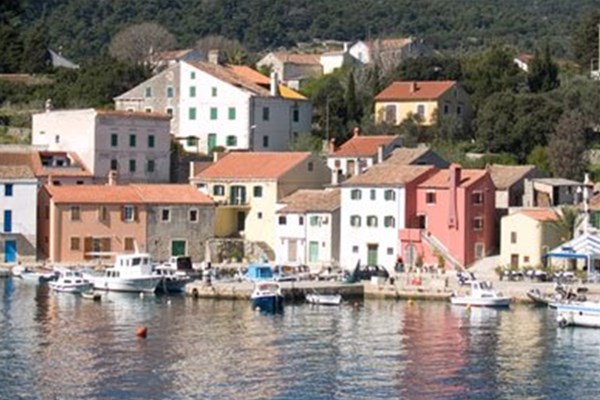May – The Month of Sage, Fennel and Nettle
Island of Lošinj is a perfect location for active vacation in unspoiled nature.
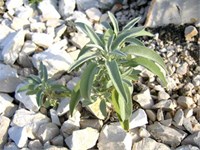
Ambroz Haračić
The abundance of forests on the island is owed to Professor Ambroz Haračić, a significant person in Lošinj’s history. His name denotes a tourist program that will educate you on herbarium-making and enable you to taste aromatic products of the island. Also join a culinary course where you will make sweets from natural herbs and chocolate, and if you take an excursion to the Island of Cres, you will learn how to make essential oils.
Info: www. island-losinj.com
SAGE (Lat. Salvia officinalis L.)
is an aromatic, perennial Mediterranean subshrub that grows to 30 to 40 cm in height. The leaves are oblong and narrow, grey-green, velvety and hairy on both sides and up to 8 cm long. Two-lipped flowers form whorls on the top of the stems. It blooms from May to June and the flowers are purple-blue. It grows wild on dry and rocky terrains near the sea. It likes sunny places and is sensitive to wind and cold. In winter it freezes to the root from which dense leafy stems shoot up in spring. .
IMPORTANT TO KNOW
Thujone, as the main component of sage essential oil that gives it strong distinctive smell, has an antiseptic effect, but in too large amounts it can be toxic for central nervous system. Aromatic sage bushes can be grown in pots, in warm and sheltered places. Sage is sensitive to too much humidity and frost.
The plant contains the highest level of essential oil right before flowering when the tips of plants are harvested. They are then dried in a dry, dark and airy place. Dried leaves and flowers should be kept in closed containers in dark place.
INTERESTING DETAILS
An old Roman proverb says: “If death threatens, get sage from the garden. “ Charlemagne appreciated this plant so much for its curative properties that he ordered growing sage in his entire kingdom. In the Middle Ages it was highly esteemed because it was believed to be the means of prolonging life and chasing evil spirits away.
COMMON NETTLE (Lat.Urtica dioica L.)
is one of the most famous and most spread plants. It is perennial and it can grow up to 1.5 metres in height. It has a ramified creeping underground stem and erect hairy square stem. The leaves are borne oppositely, green, heart-shaped, with serrated margins and very hairy. Nettle stings due to these hairs which, in contact with the skin, release histamine and formic acid.
It prefers nutritious and humid soil. It blooms from May to September. The flowers are small and green in dense axillary inflorescences.
IMPORTANT TO KNOW
It is extremely important to pick nettle far away from roads because it easily absorbs lead and other harmful elements from the environment.
During flowering, the whole plant is harvested and dried in airy and warm shady place in thin layers or hanging sheaves. If it is dried on paper, it should be turned round twice or thrice a day. Root is pulled out in spring or autumn. It is best to pick young leaves on the top of the plant because they have the most curative properties and the highest energy value. Intensive and strong smell of nettle in food or tea will be less noticeable if nettle is picked before flowering.
INTERESTING DETAILS
Nettle contains provitamin A which is especially useful for bad night eyesight.
FENNEL (Lat. Foeniculum vulgare Mill.)
It usually grows in the Mediterranean region on terrains in the vicinity of the sea.
Fennel is biennial or perennial plant of pleasant and sweet aromatic smell. In the first year leaves grow out of the thickened root, and up to two metres high stem with leaves and flowers grows in the second year. The stem is round, blue-green and ramified in the upper part, and the leaves consist of many tiny leaves. Fennel belongs to the family of Umberlliferae (Apiceae) because the yellow flowers are borne in umbrella inflorescences. Every fruit contains about hundred seeds rich in essential oils. The seeds are little, aromatic, flat and oval, with yellow fluting and are used as a spice. It grows wild along paths and rocky places.
IMPORTANT TO KNOW
For cooking, fennel with flowers on stems should not bee used, because the flowers indicate it is over-ripe.
After blanching, fennel can be frozen, but will lose some of its aroma in that way.
INTERESTING DETAILS
Fennel has been grown since the ancient times, and it was especially appreciated for its healing effects on kidney and digestive diseases, eye diseases and bad eyesight. The Romans enjoyed eating fennel leaves and roots, and they used its seeds in bread and salads. In the Middle Ages it was used for dispelling insects. It was believed that it scared witches away; so on the Midsummer’s Day people would put it on their front doors. They would often block keyholes with it in order to prevent evil from entering the house.



